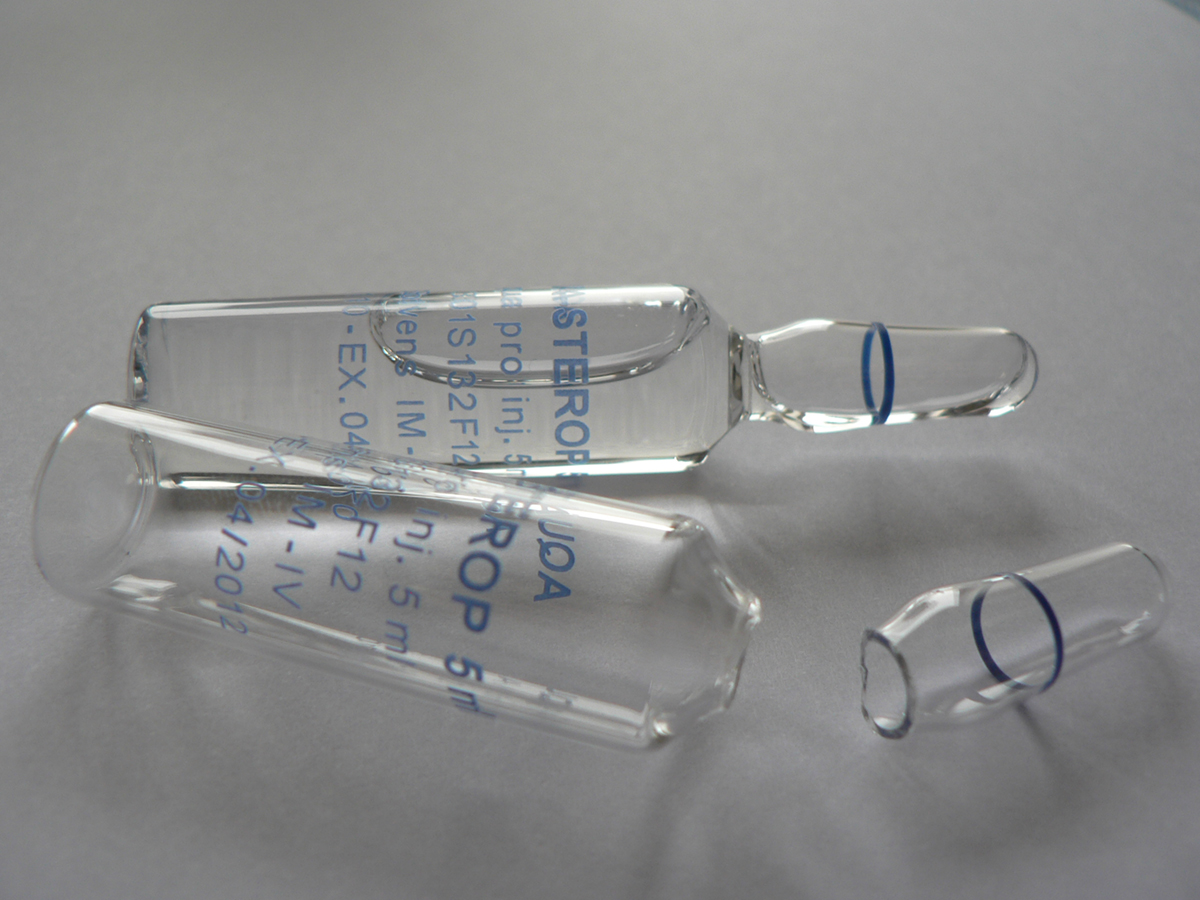
Intramuscular Injections
Intramuscular injection or — IM injection for short — is an injection given directly into the central area of a specific muscle. Intramuscular injections are used for the administration of certain drugs (medications) that cannot be delivered in other ways such as intravenous, orally or subcutaneously. Vaccines are often administred this way. The blood vessels of the muscle dispense injected drug through cardiovascular system.
The intramuscular method of injection provides a faster rate of absorption compared to subcutaneous injections (those given immediately underneath the skin), but the absorption rate is in this case much slower compared to the intravenous route, in which the medication is injected directly into the blood stream. IM injection shouldn’t be given if size and condition of the muscle can’t sustain adequate absorption of the medication. Also, these injections shouldn’t be given at painful site.
Intramuscular Injection Sites
IM injections can be given on several sites on the human body. The three sites that are commonly used for intramuscular injection are the deltoid muscle, the vastus lateralis muscle, and the gluteus medius muscle. Which site will be used depends on muscle density of the each site and type of drug that will be injected.
- The deltoid muscle is a three-headed muscle that caps the shoulder. Intra injections can be given into deltoid muscle, if there is enough muscle mass.
- The vastus lateralis muscle is the part of quadriceps of the upper leg. It is often used as IM injection site since it generally well formed and thick, and also because it isn’t near any major arteries or nerves.
- The gluteus medius muscle is one of the three gluteal muscles situated on the outer surface of the pelvis. This muscle is an often used site for intravenous injections and it is known as the ventrogluteal site.
Preparation for intramuscular injection
Before injecting, a caregiver or health care provider must prepare the medication from the vial or ampule. The patient must be placed in a comfortable position that will provide access to the injection site. The injection area must be wiped with an alcohol swab for adequate disinfection, and then dried. The cover of the needle must be taken off, the syringe inverted, and excess air expelled.
The health care provider who will be administering the injection must depress and pull the skin with his or her free hand. After that, he or she will pierce the skin and enter the muscle. The needle must be injected at a 90 degree angle. The health care provider, usually a doctor or nurse, should aspirate (pull back on the plunger) to make sure that blood vessels aren’t punctured. In case any blood appears in the syringe, the needle and syringe must be disposed of and new injection should be prepared. If blood isn’t aspirated, the medication can be injected. After administering the injection, the needle must be pulled away quickly.
The site of the injection may be briefly massaged, depending on the given medication. After injecting, a patient should be monitored for signs of redness, swelling, bleeding or inflammation at the injection site. Patients should be monitored for signs of reaction to the medication as well.
Complications of intramuscular injections are usually caused by injected medication rather than the procedure itself. Minor pain is normal for a short period after administration of the drug, along with some possible bruising. This should subside quickly.


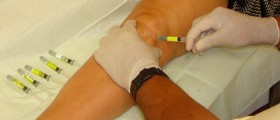
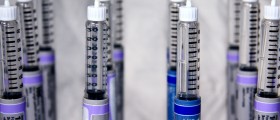
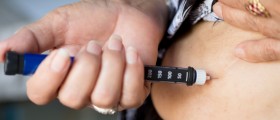
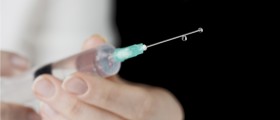

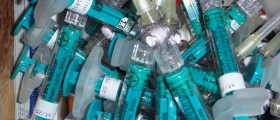
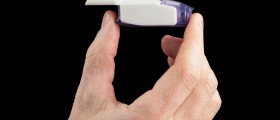
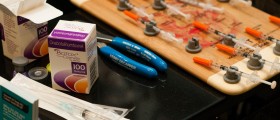

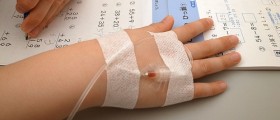



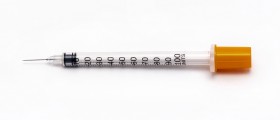
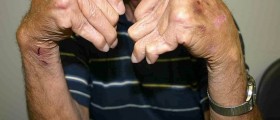
Your thoughts on this
Loading...